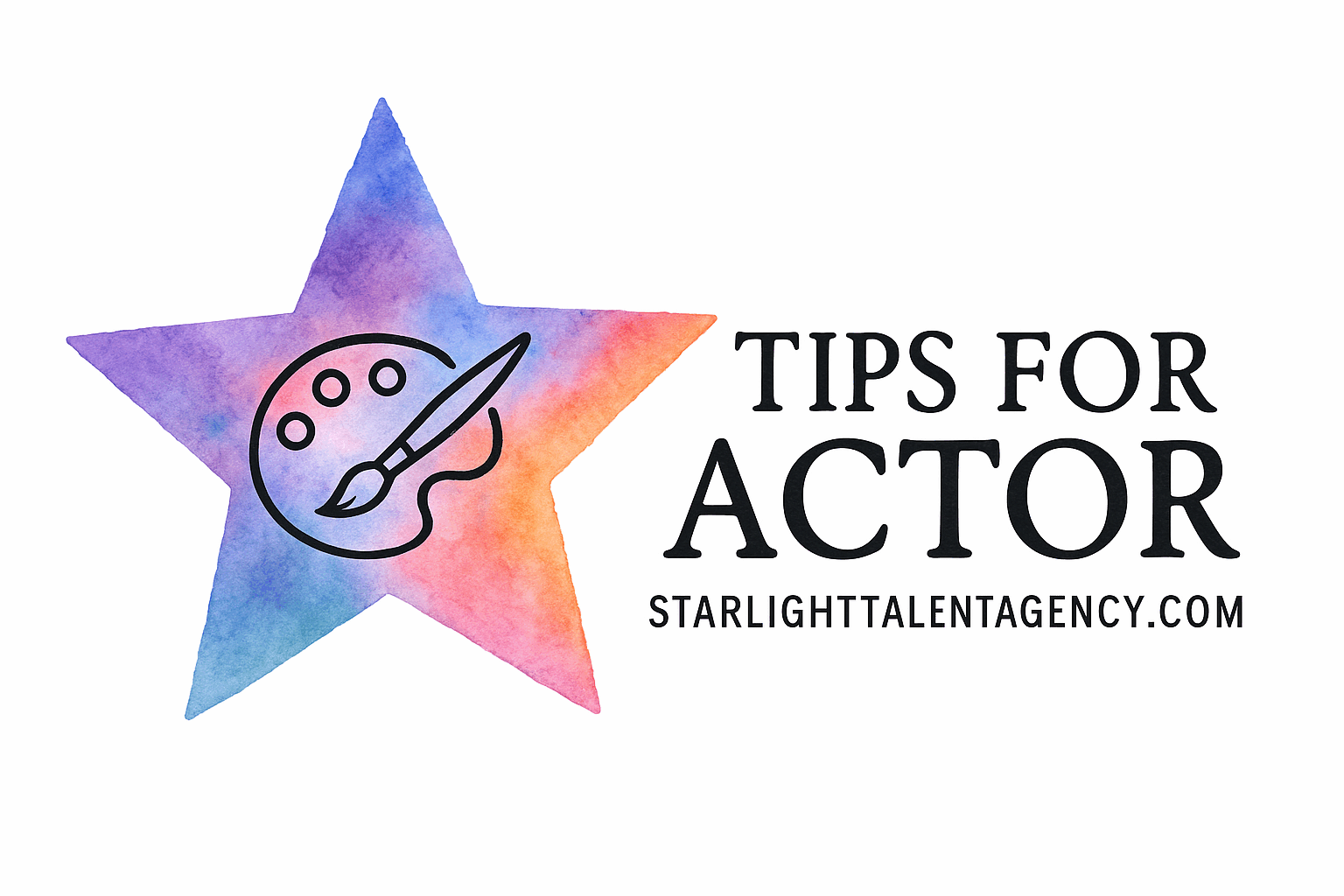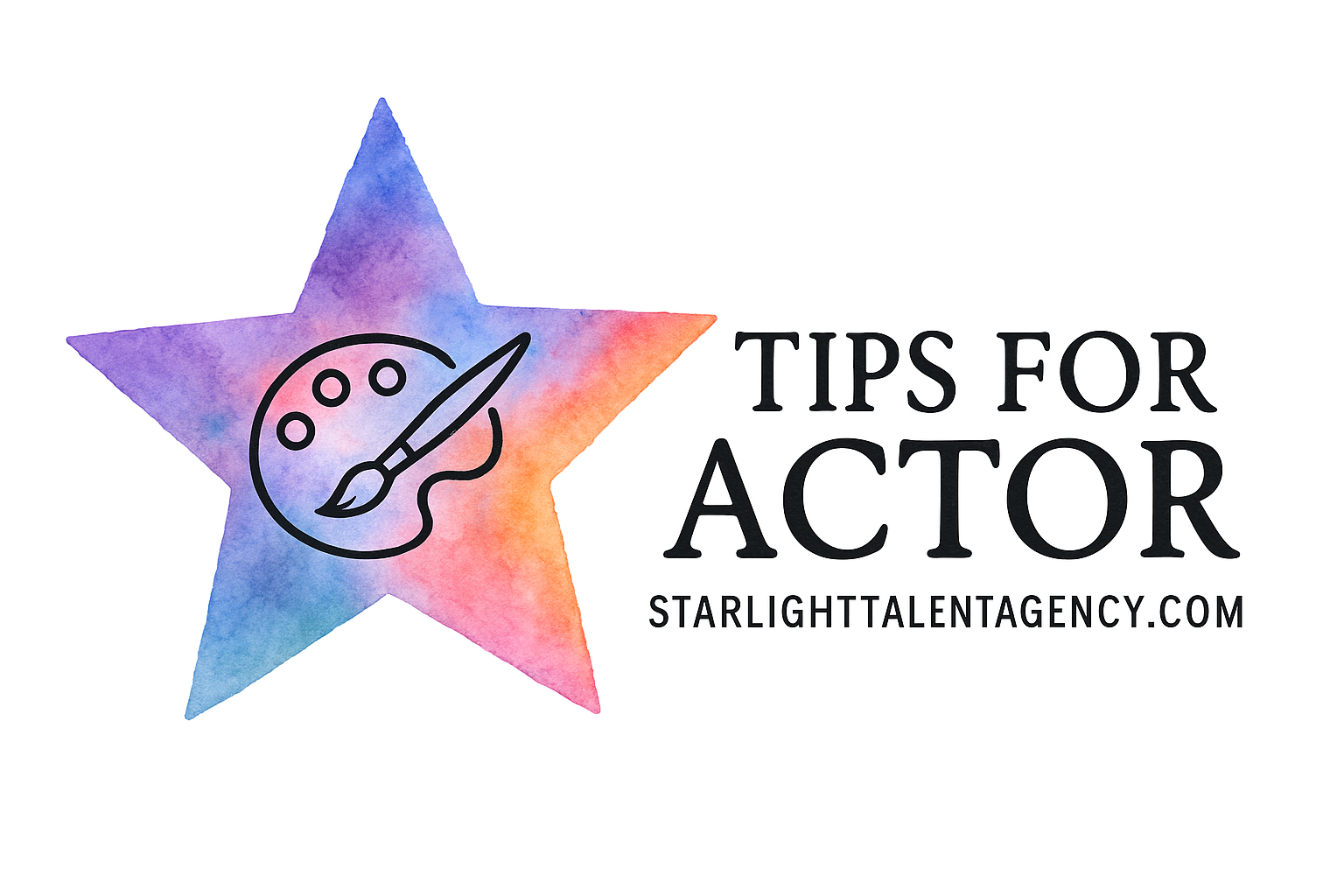Introduction: The Power of the Face in Acting
Every emotion an audience feels starts with what they see on your face. Your eyes, eyebrows, mouth, and subtle muscle shifts communicate volumes — even before you speak. As an actor, mastering facial control is one of the most powerful skills you can develop.
At Starlight Talent Agency, coaches emphasize that facial expression training is just as critical as voice and movement work. A simple smile, tear, or glance can turn a good scene into a phenomenal one.
Why Facial Expressions Are the Actor’s Secret Weapon
Emotional Connection and Audience Impact
Audiences connect to emotion — and your face is the most direct channel of that connection. Think of great actors like Viola Davis or Anthony Hopkins. They don’t need big gestures; a single twitch of the lip or flicker of the eyes says everything.
Mastering your face means mastering emotional truth. It’s what separates a believable character from a performance that feels flat or forced.
Facial Awareness in Different Acting Mediums
Stage actors may need broader expressions for visibility, while film and on-camera actors must embrace subtlety. Learning how to adapt is essential, and courses like Advanced Audition Skills help actors refine this skill set for professional casting environments.
Tip #1: Master Micro-Expressions
Small Shifts, Big Emotions
Micro-expressions — those fleeting, involuntary facial movements — are the soul of authenticity. They happen in milliseconds and reflect true emotion.
By studying script analysis, you’ll learn to identify emotional beats that trigger micro-expressions. Record close-up takes and slow them down; you’ll see emotions flicker naturally before words are spoken.
Tip #2: Mirror Work for Emotional Awareness
Reflecting Real Feelings Through Practice
A simple mirror is your best friend. Spend time daily making expressions of anger, fear, sadness, surprise, and joy. Observe how your eyes, eyebrows, and jaw react naturally.
This builds emotional awareness — something discussed in Audition Preparation Basics — and helps actors react truthfully rather than mechanically during performances.
Tip #3: Relax and Strengthen Facial Muscles
Warm-Up Routines Every Actor Should Know
Before stepping in front of the camera, warm up your facial muscles to eliminate stiffness. Try puffing air between your cheeks, rolling your jaw gently, or stretching your lips side to side.
You can also explore warm-up exercises recommended for actors to release tension, increase flexibility, and maintain expression control during long performances.

Tip #4: Observe Real Human Reactions
Drawing Inspiration from Everyday Life
Actors are emotional anthropologists. Watch people in real life — on buses, in cafés, during arguments or laughter. Note how their faces respond naturally to emotion.
Observation builds your emotional library. Combine this with character development to create layered performances that feel real and relatable.
Tip #5: Record and Review Practice Sessions
Self-Tape Mastery for Expression Control
Self-recording is no longer optional; it’s essential. When you self-tape your scenes, you see exactly how your facial expressions appear on camera.
Review and adjust — maybe your smile reads as smug, or your sorrow looks neutral. Self-taping allows instant feedback and sharpens your expressive clarity for professional auditions.
Tip #6: Connect Facial Expression with Body Language
Emotional Continuity Across the Whole Body
Your body and face should tell the same story. If your posture screams confidence but your face shows fear, audiences disconnect.
Training in body acting helps synchronize emotion throughout the body, creating seamless and believable performances that communicate truth through movement and expression alike.
Tip #7: Dive Deep into Character Motivation
How Intent Shapes Expression
Every look, smirk, or grimace should have purpose. Understanding why your character feels something will naturally shape how your face expresses it.
Studying scene work and motivation creates authentic emotional flow. When your thoughts align with your objectives, expressions appear effortlessly — no “acting” required.
Tip #8: Experiment with Accents and Vocal Dynamics
Linking Voice, Emotion, and Expression
Voice and face are inseparable. Try reading lines with different accents — British, Southern American, or Australian — and observe how your facial muscles adapt.
This connection between dialect training and expression reveals new emotional shades and makes your characters richer and more diverse.
Tip #9: Practice Emotional Range Using Scripts
Scene Work and Script Analysis Techniques
Using varied scripts allows you to explore a wide emotional range. Study acting scripts across genres — from comedy to tragedy — and experiment with multiple interpretations of the same scene.
Combining this with script analysis improves your emotional awareness and adaptability in auditions and performances alike.
Tip #10: Collaborate with a Coach on Subtlety
Guidance for Naturalistic Performance
Sometimes, the most powerful emotion comes from restraint. A skilled coach can guide you toward precision — trimming unnecessary exaggerations while amplifying truth.
Consider working with coaching professionals who can fine-tune your facial performance and help you understand when less truly becomes more.
Tip #11: Build Confidence Through Consistent Self-Tapes
Using Self-Recording for Continuous Growth
Confidence is built through repetition. Self-taping weekly scenes lets you track progress and refine subtle details.
Use insights from self-tape setup and self-tape clothing to enhance your on-camera presentation. Over time, this builds natural confidence and expressive control.
Common Mistakes in Facial Acting
Avoiding Overacting and Emotional Disconnection
The two biggest traps are overacting — forcing expressions too large — and emotional detachment — showing no real feeling.
Avoid both by anchoring your performance in genuine emotion. Incorporate breathing techniques and stay mentally connected to your character’s goals. For balance, explore resources on career mindset to maintain focus and confidence during high-pressure shoots.
Conclusion: The Art of Expressive Authenticity
Your face is a powerful storytelling canvas. When used with intention and honesty, it transforms performances. Remember, great acting isn’t about exaggeration — it’s about revelation.
By applying these 11 coaching tips for actor facial expressions, you’ll learn to blend technical control with raw emotion — creating performances that move hearts and linger in memory.
For more guidance, explore Career Growth for Actors and other professional training resources at Starlight Talent Agency.
FAQs
1. How can I quickly improve my facial expressions for acting?
Start with mirror work and self-taping exercises. Follow guides from Audition Preparation Basics for structured routines.
2. Do facial expressions differ between stage and camera work?
Yes. Stage acting requires bigger expressions; on-camera acting needs subtlety and control, as taught in Advanced Audition Skills.
3. How can I prevent overacting facially?
Focus on authenticity and internal emotion. Study acting confidence to learn balance between expression and truth.
4. Can I develop better facial control without a coach?
Absolutely! Combine self-tape practice with observation exercises and emotional warm-ups.
5. What’s the best way to read emotions through scripts?
Use script analysis techniques to understand subtext and emotional beats.
6. How do accents affect my expressions?
Each accent or dialect engages different muscles, subtly shifting your expressions and helping deepen character immersion.
7. How often should I practice facial acting exercises?
Daily! Even 10–15 minutes of mirror and relaxation work — as seen in warm-up exercises — can dramatically boost control and expressiveness.
✅ SEO Metadata (for WordPress)
- Title Tag: 11 Coaching Tips for Actor Facial Expressions – Master Emotional Expression with Starlight Talent Agency
- Meta Description: Discover 11 expert coaching tips for actor facial expressions. Learn how to master emotion, micro-expressions, and self-tape techniques with Starlight Talent Agency.
- Focus Keyword: coaching tips for actor facial expressions
- Internal Links: Optimized to starlighttalentagency.com topic pages for maximum semantic SEO alignment

